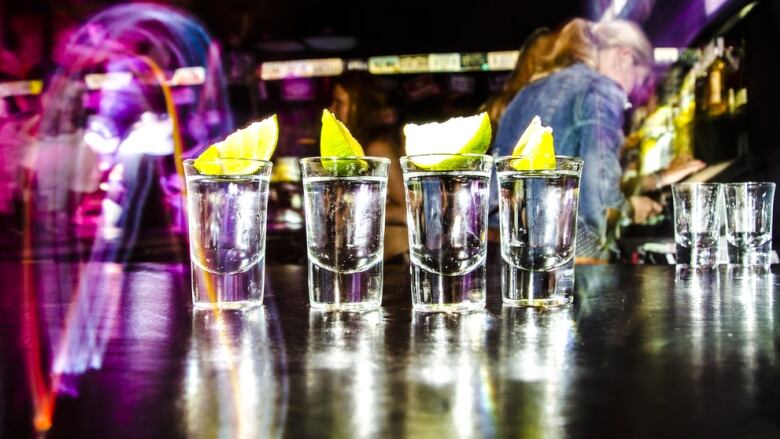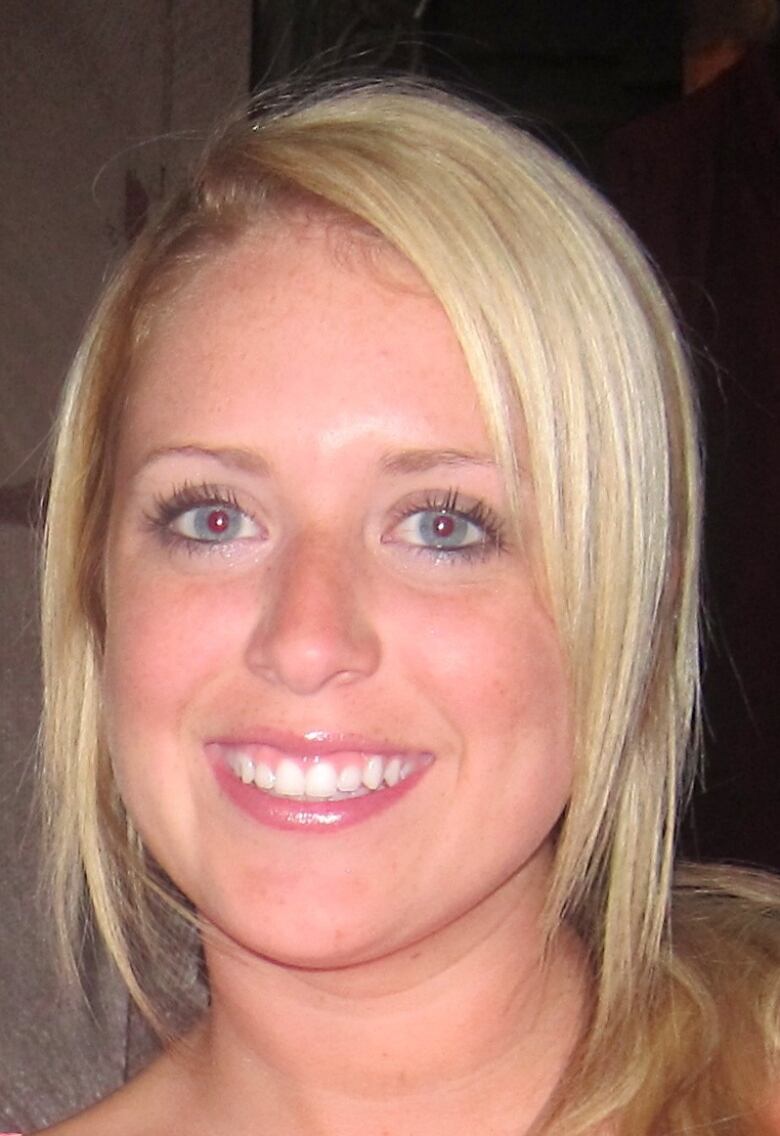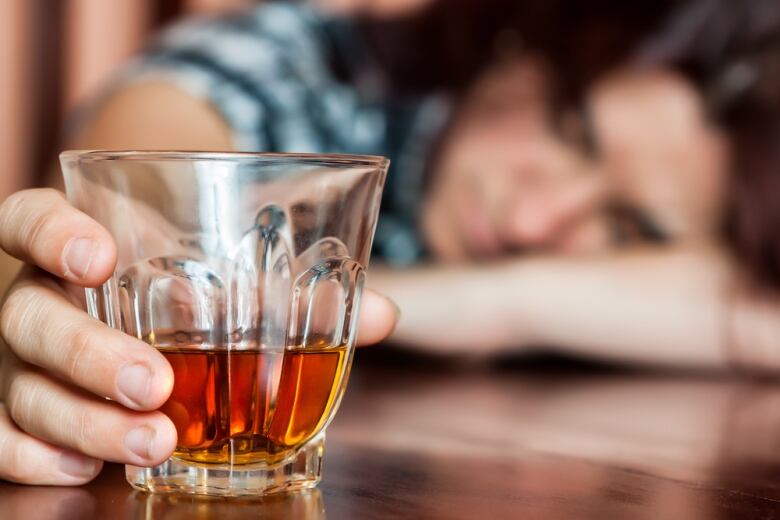Binge drinking by young women raises future health risks
Episodes of heavy alcohol use could increase susceptibility to stroke, cancer

Maddy Huggins would binge drink as a teenager and black out, just like other kids at her high school in Kelowna, B.C.
When she went backpacking during her gap year, there were more alcoholic overloads and "really risky" moments when something bad could have transpired.
"Nothing too terrible happened, but there was the potential for that," says Huggins, 22, who's just about to start fourth year at the University of Saskatchewan.
As she settled into university, however, Huggins did some serious thinking about alcohol in her life.
"It was just a gradual progression where I was like, 'OK, enough of this.'"
These days, Huggins knows her low-risk alcoholic limits and won't hesitate to order water even if her friends are going for something stronger.
But other young Canadian women haven't stepped back like that. Reports suggest the percentage of young women binge drinking defined now as having at least four drinks per occasion at least once a month is on the rise and encompasses nearly one in four Canadian women between 20 and 34.
- Binge drinking by young people is increasing, report finds
- Whistler tops B.C. health survey for binge drinking
Indeed, the trend has become so pronounced that the Paris-based Organization of Economic Co-operation and Development warned in May that binge drinking by young people, including in Canada, has become a "major public health and social concern."
Looming problems
It's a concern thatgoes beyond the headline issues like date rape and campus horrors to where health scientists are warning that because of physiology women generally weigh less than men, have a higher percentage of body fat and smaller livers excessive drinking by young women is setting them up for a series of health problems down the road.

"A greater percentage of the alcohol a woman drinks will stay in her blood, so as alcohol consumption increases, the health risk rises more quickly for women than it does for men," says Catherine Paradis, senior research and policy analyst on alcohol for the Canadian Centre on Substance Abuse.
The centre says drinking in excess of the recommended low-risk guidelines for women of no more than 10 drinks a week, and no more than two drinks a day most days, "can lead to a wide range of long-term health problems, including alcohol dependence and chronic disease."
The risk of stroke for women is at least double the risk that it is for men when they exceed the limits set in the low-risk guidelines, the centre says, noting also that alcohol consumption can boost the risk of certain cancers, including breast cancer.
For its part, the Canadian Cancer Society says "drinking even one alcoholic drink a day can raise the risk for breast cancer by 1.5 times," and notes research that suggests there is "sufficient evidence" that drinking alcohol increases the risk for head and neck, liver andcolorectal cancers.
Alcopops
In general, more men than women binge drink. But the rise within in the past decade particularly for young Canadian women has caught the eye of policy shapers.
There have been studies recently, particularly in Canada, says Paradis that "have led us to consider that the increase in the frequency of heavy drinking among young women may well be due to the way that alcohol has been made available and sold in recent years."
A stroll down the liquor store aisle can quickly reveal female-friendly labels like Girls Night Out wines and Skinnygirl cocktails.
Paradis says it's "perfectly acceptable" for women to have access to products designed for them. "That's not the point here it's the intent that is behind that."
It's an intent oneobserver, author Ann Dowsett Johnston, hascalled the "pinking of the market."
"Sometime around the mid-1990s, the spirits industry very clearly took aim at what they would have seen as the underperforming gender with the invention of 'alcopops,' and that was to steer young women away from beer and towards spirits."
Dowsett Johnston, a former Maclean's writer and editor who wrote about her own struggles with alcohol in Drink, sees marketing as one factor influencing the way young women imbibe today, along with how they use alcohol as self-medication to relieve anxiety.
Want an example? "Try and buy a birthday card that doesn't make a joke about women and drinking," she says.
'All the rage'
Huggins remembers when Skinnygirl Cocktails hit the market, and drinking that brand quite often.
"It was all the rage. Everyone had to try them because they were less calories or whatever."

Beam Suntory, the U.S. manufacturer of Skinnygirl Cocktails, says "Skinnygirl Cocktails were designed for women who want a lower calorie and convenient option when drinking cocktails responsibly at home and with friends," and are always marketed to purchasers above the legal drinking age.
Still, people like Johnston aren't saying young women shouldn't drink at all. Instead, if they want to drink, be smart and educated about it and know the low-risk limits.
"Young women are so savvy about social media, about their calories, their body image, their independence, and they really need to be savvy about what it means to be an active drinker," says Johnston.
That's Huggins's take as well. The incoming project co-ordinator of What's Your Cap, a U of S student-run program that seeks to educate students about the risks of alcohol, Huggins is also concerned about the effect alcohol can have on the developing brain, which some experts have suggested isn't really set until the mid-20s.
She sees a virtue in having more information about the health effects available to young women, perhaps throughout high school.
"Give them the information so they can choose for themselves because some of that information is really hard to turn a blind eye to," she says. "Once you know you can't un-know it, and it makes it harder to go ahead and binge drink."












_(720p).jpg)


 OFFICIAL HD MUSIC VIDEO.jpg)
.jpg)



























































































